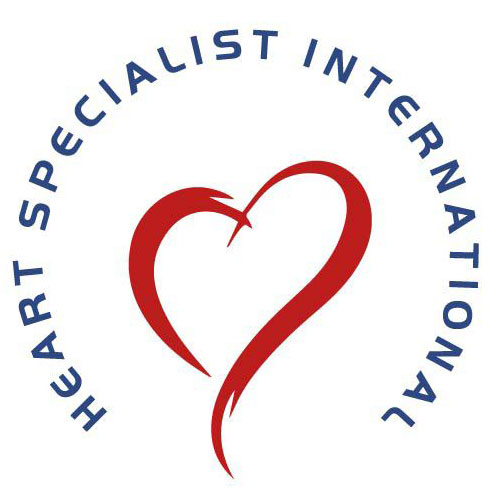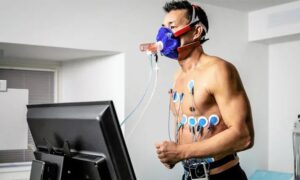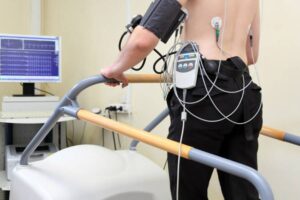Standfirst: When exactly should you start checking for heart disease, and how does a doctor screen and diagnose a heart condition? Cardiologist Dr Paul Ong explains the details.
As the saying goes, early detection saves lives.
Particularly so in the case of heart disease, because discovering the possibility of a heart condition will allow a doctor to take the necessary steps to diagnose the exact issue and prevent the condition from worsening.
Screening for heart disease doesn’t have to wait till one notices symptoms such as feeling short of breath after a walk, or experiencing some form of chest pain. It can happen as part of a routine health screening, with many options conveniently available too.
Dr Paul Ong, cardiologist at Mount Elizabeth Novena Hospital details some common heart screening options, the abnormalities he looks out for, and the investigative diagnostic procedures he may undertake to make an accurate diagnosis.
When should someone start considering screening for heart disease?
Men aged 40 and above, and women aged 50 and above, should start screening for heart disease. They should come even earlier if there are co-existing risk factors such as hypertension, diabetes, high cholesterol, smoking history and family history of heart disease.
What are some common symptoms of a heart condition that people should look out for?
The most frequent complain would be chest discomfort. Patients with heart disease typically complain about chest discomfort and experience sensations such as having a heavy weight sitting on the chest. Other common complaints include breathlessness on exertion, heart palpitations, dizziness and even blacking out.
What are some of the common heart screening options that you would recommend?
A thorough consultation with a doctor is really useful. Other investigations would often include blood tests to measure cholesterol and blood sugar levels. As part of the blood tests, liver and kidney functions and full blood count is checked.
Specific investigations for the heart would include a resting ECG (electrocardiogram) and if needed, an ultrasound scan of the heart (echocardiogram) and exercise treadmill tests. People with symptoms suggestive of a heart problem and have multiple risk factors are frequently referred for CT scan (computerised tomography) of the heart arteries.
What are some abnormalities that you look out for during a screening?
The medical history of my patients is really important. I look for any symptoms of heart disease and can tailor the investigations accordingly. An abnormal ECG and abnormal echocardiogram would certainly trigger more discussion, and influence plans for either further investigations or follow ups.
What are some common diagnostic procedures that will be recommended to confirm a diagnosis?
A Holter ECG or ambulatory ECG allows the doctor to capture every heart beat over 1 – 7 days and can be useful in patients who experience frequent palpitations and dizziness. An exercise treadmill ECG is often ordered to investigate symptoms of chest pain on exertion. The doctor will look at any new ECG changes during a high heart rate.
An echocardiogram is particularly helpful for people with a history of hypertension and those who get shortness of breath on exertion. This is an indispensable test to investigate heart failure and heart valve disorders.
A CT scan of the heart which includes calcium score and coronary angiography can be very useful in assessing an individual’s risk of cardiac events, such as a heart attack. A relatively high calcium score of the heart artery will put a person at higher risk of cardiac events and thus warrant a more aggressive approach in controlling modifiable risk factors such as cholesterol and blood pressure. These risk factors can be managed with medication, a change of lifestyle and diet, or a combination of both.
A CT coronary angiogram can detect if there are any obstructions in the heart arteries. Such a test allows for a more tailored discussion with our patients on how to manage their heart disease. This may vary from simply optimising the medical therapy to planning for coronary angioplasty with balloon and stents or even coronary bypass surgery. Since the severity and location of occlusion in the heart arteries are clearly shown on CT, the cardiologist can discuss treatment options more specifically with the patient.













